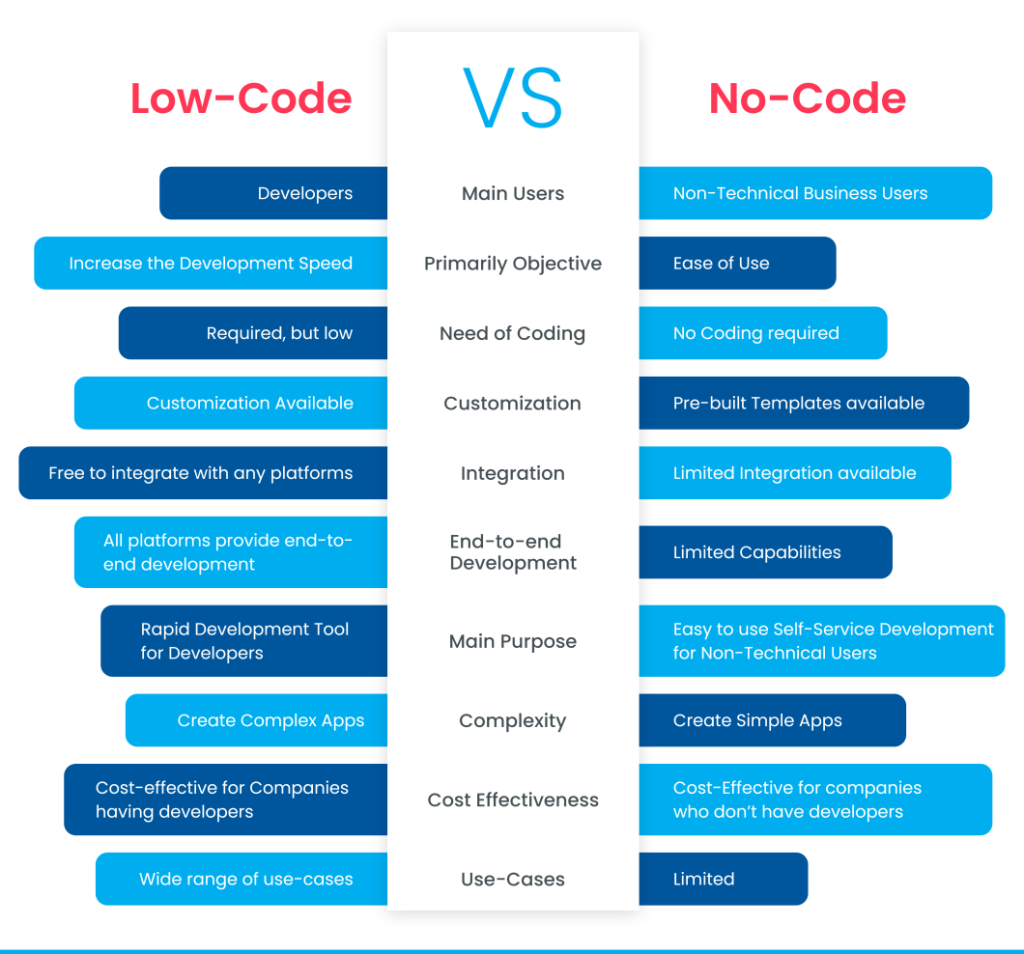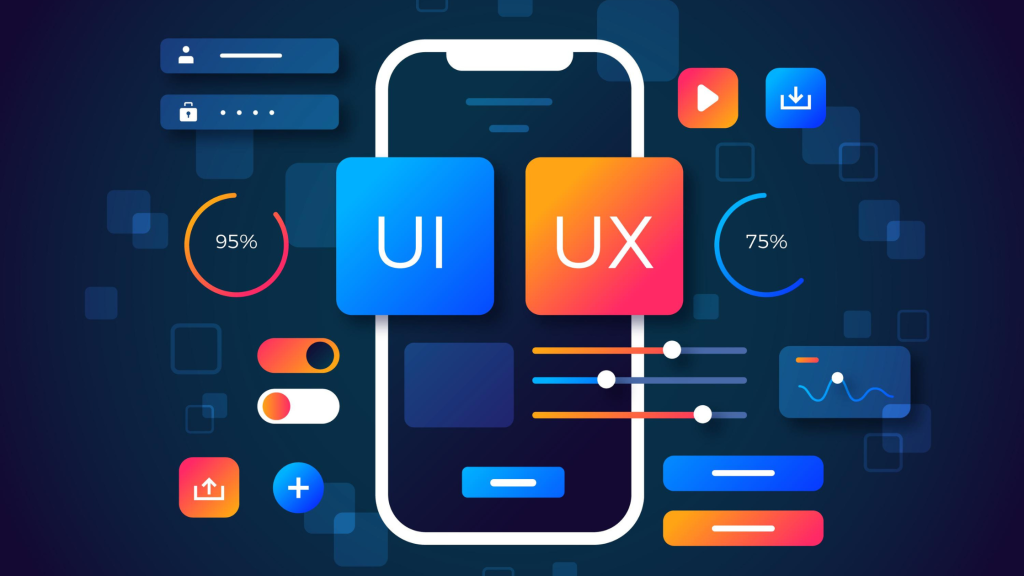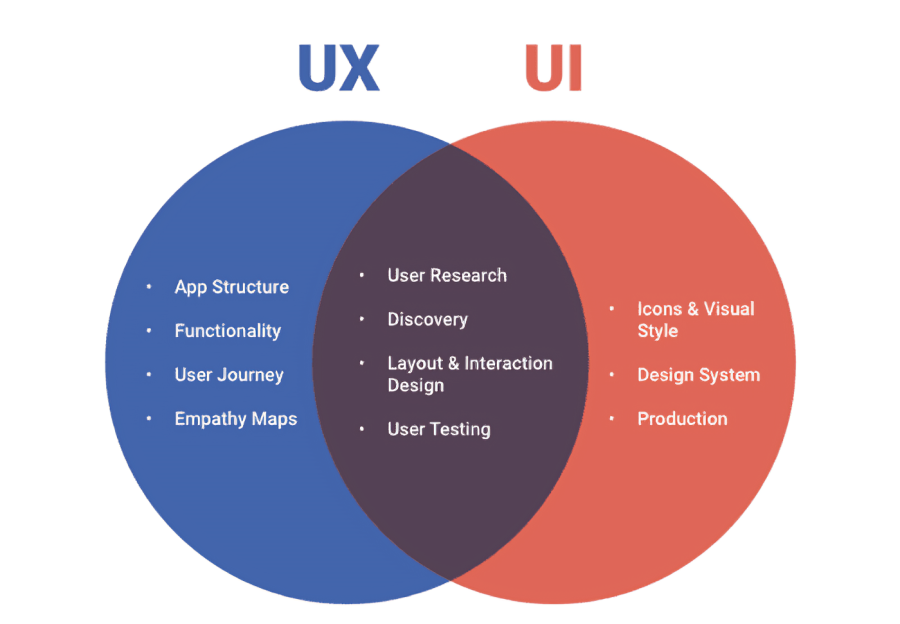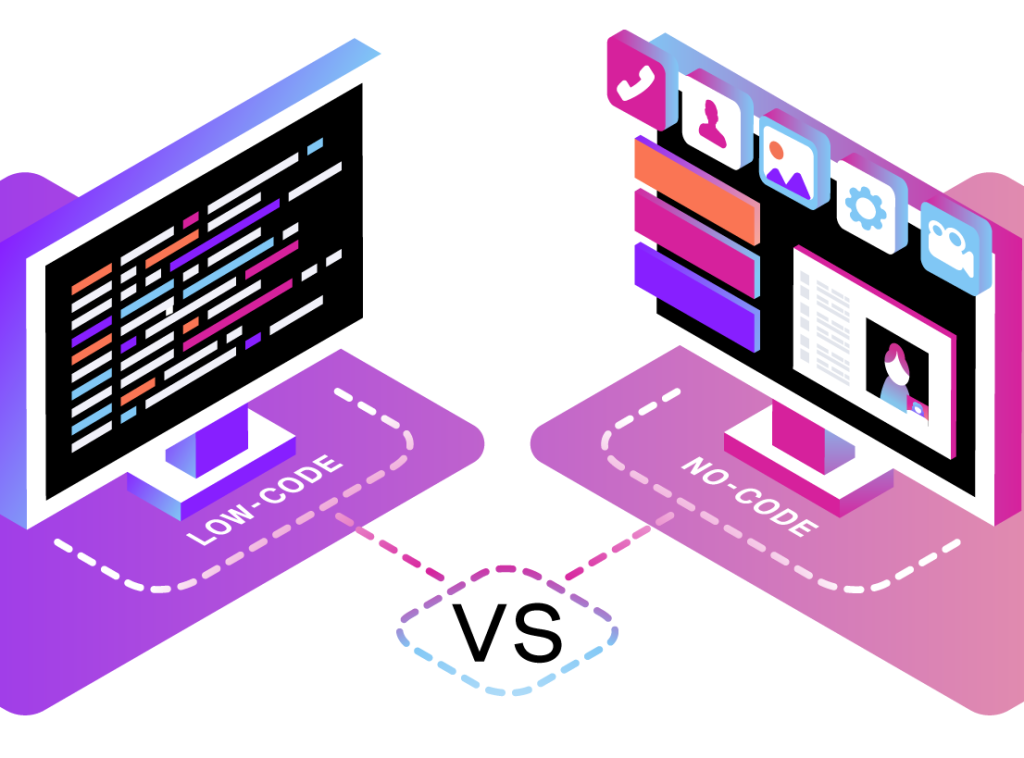Overview: UI Design Development in the Era of Speed and Simplicity
User interface (UI) design has undergone a radical transformation over the past decade. What was once a niche skill requiring deep technical know-how has now become more accessible to a wider range of creators, thanks to the advent of no-code and low-code platforms. These tools are reshaping the boundaries between designers, developers, and product teams, streamlining the creation process while encouraging faster iterations. In this new digital era, agility, speed, and collaboration are no longer optional—they are the foundation of successful product design.
The Low-Code and No-Code Platforms’ Philosophies
Low-code and no-code platforms are fundamentally about bridging the gap between concept and implementation. They enable non-technical users—often referred to as “citizen developers”—to construct beautiful, useful apps without knowing complicated programming. Low-code tools might need some technical reasoning, whereas no-code platforms provide a programming interface that is entirely visual. This democratization of development allows a variety of voices to be heard in the process of creating new products, and it is more than just a technical convenience.

The Reasons Behind These Platforms’ 2025 Boom
The emergence of low-code and no-code platforms isn’t coincidental; rather, it’s the outcome of multiple commercial and technological developments coming together:
- Accelerated product cycles: Companies demand faster time-to-market.
- Talent shortages: Due to a worldwide dearth of qualified developers, alternatives are becoming more alluring.
- Remote collaboration: Cross-functional teams need tools that break silos and enable co-creation.
- Pressure on innovation: Design teams must prototype, test, and iterate more quickly than in the past.
These platforms make it possible for even non-designers to test UI/UX concepts, try out layouts, and release MVPs (Minimum Viable Products) at a never-before-seen pace by reducing the entrance barrier.
Important Elements That Are Revolutionizing UI Design
Contemporary low-code and no-code platforms are feature-rich and scalable. The following innovative features are changing user interface workflows:
- Drag-and-drop interfaces that mirror design tools like Figma or Sketch.
- Responsive design controls for building multi-device interfaces effortlessly.
- Pre-built UI component libraries based on design systems.
- Integrated logic builders for animations, user flows, and interactivity.
- Real-time collaboration tools enabling simultaneous teamwork.
- Auto-generated clean code exports for developer handoffs.

These features don’t just make design faster—they make it smarter.
The Impact on UI/UX Designers and Developers
Although some people worry that automated systems would supplant conventional positions, the truth is far more cooperative. Low-code and no-code platforms are leading to more creative opportunities rather than job losses. Designers of UI/UX can now create working prototypes of interfaces without waiting for developer help. On the other hand, developers may concentrate on architecture, integration, and performance optimization since they are relieved of tedious front-end duties.
Faster delivery and more unified design-to-dev handoff processes are the results of this synergy. In essence, these platforms are not replacing experts—they’re elevating them.

Use Cases in Various Sectors
These platforms are useful in a variety of industries:
- Medical care: Building patient intake interfaces and dashboards quickly.
- Online shopping: launching landing pages and microsites for campaigns.
- Learning: Creating LMS portals, quizzes, and feedback forms.
- Money: creating internal dashboard designs without sacrificing security.
- New businesses: releasing MVPs without employing complete development teams.
These tools are the driving force behind quicker product introductions and experimentation, from prototyping to design that is ready for production.
Limitations and Difficulties to Take Into Account
Despite their strength, these platforms aren’t a universally applicable answer. Among the difficulties are
- Problems with scalability in complicated applications.
- Vendor lock-in, which makes it challenging to leave the platform.
- Dangers to security if improperly set.
- When sophisticated logic or integrations are required, customization becomes limited.
Understanding these traps guarantees improved planning and the appropriate tool selection for the task.
The Future of UI Design: Is Code-Free the New Standard?
As technology continues to mature, the line between design and development will blur further. With advancements in AI, automation, and machine learning, future platforms will likely integrate intelligent design suggestions, predictive logic flows, and accessibility auditing right into the no-code interface.
With this development, code-free design may become the next industry standard for testing, enterprise apps, and early-stage companies, making tech innovation as accessible as using a spreadsheet today.
In conclusion, accept the change and don’t fight it.
The low-code and no-code movement represents a paradigm shift in the way digital goods are created and built, not just a fad. The question is not whether these platforms will transform the industry as the tools advance, but rather whether they already have. The true query is: Are you prepared to change, absorb, and take use of their potential to transform your own user interface design process?

